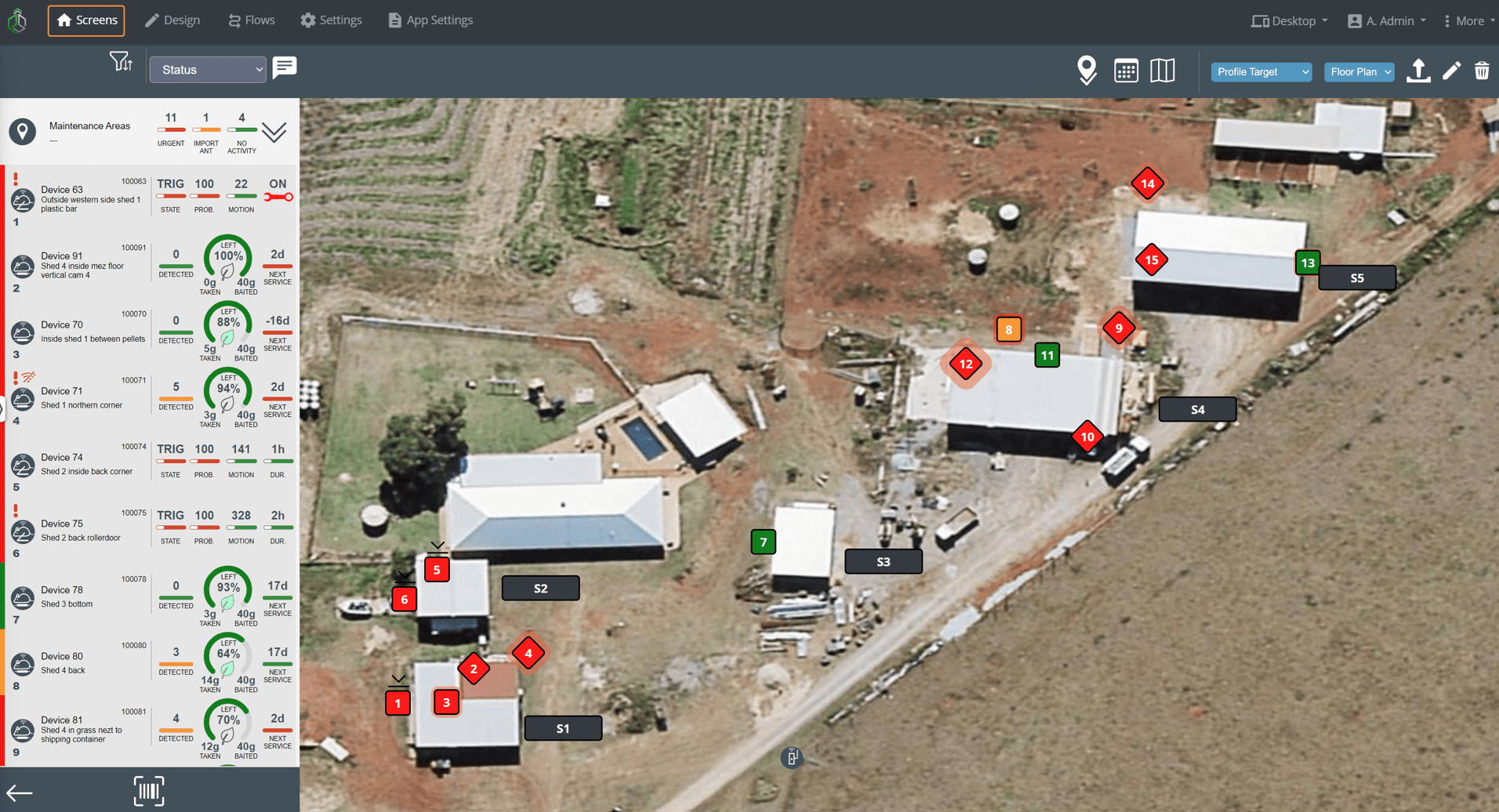Rodenticides are chemicals used to kill rodents such as rats and mice, that can cause damage to agricultural crops, property and human health. However, rodenticides can also have negative impacts on the environment, especially on non-target species such as native birds. One of the main risks of rodenticides is secondary poisoning, which occurs when a predator or scavenger consumes a rodent that has ingested rodenticide. This can lead to the accumulation of toxic substances in the food chain and potentially cause death or impairment of the birds.
Secondary Poisoning of Birds – a Major Issue

There are two main types of rodenticides: anticoagulants and non-anticoagulants. Anticoagulants work by preventing blood from clotting, causing rodents to bleed internally and die. However, anticoagulants can also cause bleeding disorders in birds that consume poisoned rodents. Anticoagulants are classified into first and second generation, depending on their potency and persistence. First generation anticoagulants require multiple feedings to be lethal and are less likely to cause secondary poisoning. Second generation anticoagulants are more potent and persistent and can cause secondary poisoning with a single feeding. Second generation anticoagulants are widely used by pest controllers but they pose a serious threat to birds of prey such as owls and eagles that feed on rodents.
Non-anticoagulants have different modes of action such as disrupting calcium metabolism, nerve function or cellular respiration, causing rodents to die from organ failure. Non-anticoagulants are generally less persistent and less likely to cause secondary poisoning but they can still be harmful to birds if ingested in large amounts. Non-anticoagulants are also more selective and effective and can reduce the amount of rodenticide needed to control rodent populations.
One of the ways to reduce the impact of rodenticides on non-target species is to adopt digital pest management and IPM2.0. IPM stands for Integrated Pest Management which is a holistic approach that combines multiple methods to prevent and control pests such as sanitation, exclusion, monitoring and targeted treatment. IPM2.0 is a term coined by PestSense, a company that provides innovative digital solutions for pest management. IPM2.0 leverages smart devices, cloud platforms and data analytics to enable pest controllers and facilities managers to detect, monitor, profile, and control rodent problems in a more efficient and sustainable way.

One of the benefits of IPM2.0 is that it allows for the use of non-toxic monitoring bait to support the detection of a rodent problem, prior to the use of rodenticide. This can reduce the amount of rodenticide used and minimize the exposure of non-target species to toxic substances. IPM2.0 also enables real-time and remote monitoring of rodent activity which can help to identify the source, extent, and pattern of infestation and to apply targeted and timely treatment. IPM2.0 further provides data-driven insights and recommendations, which can help to optimize pest management strategies and improve compliance and reporting.
The PestSense solution combining bait weighting and motion detection, provides an effective platform to implement IPM2.0. Rodent activity is collected by the onboard sensors and immediately sent to the PestSense OneCloud platform via a wireless network. The PestSense cloud platform analyzes and profiles the multiple data points to predict and present rodent activity through comprehensive visual maps, alerting and reports accessed through a web portal or a mobile app. The PestSense solution can also integrate with other smart devices, such as cameras, traps, and sensors, to create a comprehensive digital pest management ecosystem.
In a recent case-study that ran for 4 weeks at an egg farm where rodent problems existed, following an IPM 2.0 approach, starting with non-toxic bait monitoring and swapping to toxic only in selective areas showed a 95% reduction of use and exposure to toxic bait. Once the problem was contained, the site was returned to non-toxic bait monitoring and snap traps deployed in Pestsense smart stations to further minimise the reliance on rodenticides and mitigate the risk of environmental impact and risk of secondary poisoning.

In conclusion, secondary poisoning of birds is a major issue that can result from the use of rodenticides for rodent control. The use of first and second-generation anticoagulants by pest controllers can pose a serious threat to birds of prey while the use of non-anticoagulants can be less harmful but still risky. The adoption of digital pest management and IPM2.0 can help to reduce the impact of rodenticides on non-target species by enabling the use of non-toxic monitoring bait and by targeting rodenticides at limited duration control interventions to tackle infestations when they occur.
Fred Yasmine is Solutions & Marketing Director of PestSense
Other related articles in this series may be found in the PestSense blog.
#ipm20 #smartpestmanagement #pestmanagement #pestcontrol #digitalpestcontrol #facilitymanagement #pestfree #protectthepublichealth
